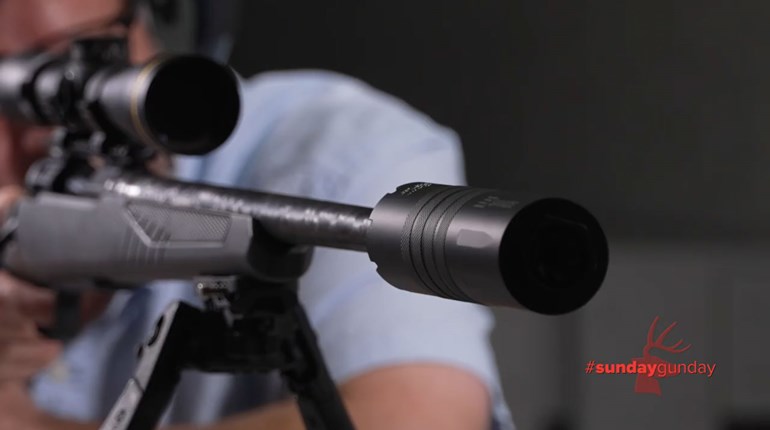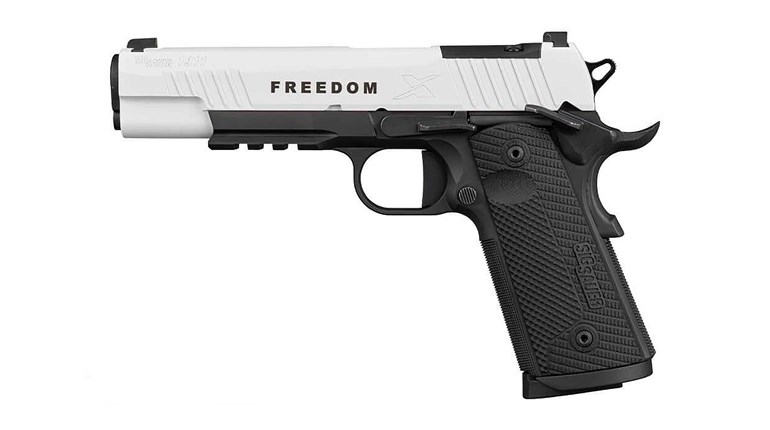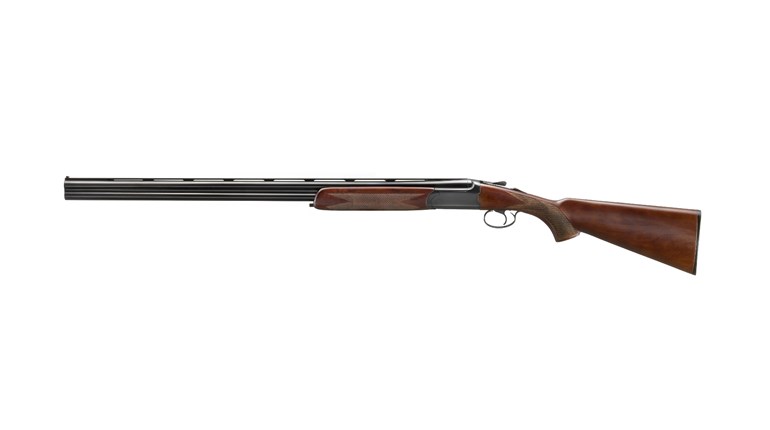
I’m waiting for Bill Wilson of Wilson Combat to get his hands on a Colt 1917. That’s about the only handgun issued to U.S. service members in the last 100 years that he hasn’t improved upon. First, it was the 1911, then the Beretta M9. Now, the company whose name is synonymous with awesome custom firearms has turned its attention to the SIG Sauer P320, the current issue handgun for the U.S. Army.
In this most recent collaboration, the handgun starts life as a SIG Sauer P320X-Full. This is SIG’s updated, improved P320, with the flat-face trigger, extended beavertail, undercut triggerguard and XRAY3 night sights. It’s an extremely good pistol in its own right, representing a significant improvement over the standard P320 (which is also pretty darn good on its own). The Wilson Combat upgrades, though, take it to the next level.
Part of the Wilson Combat upgrade process is the X-TAC P320 slide. With tapering and beveling that make drawing and reholstering the pistol easier, front and rear serrations to aid in charging and other manipulations as well as the fiber-optic front sight and ledge-style rear, it’s clear a lot of thought went into the changes Wilson Combat made to the P320 slide. A quick glance doesn’t do it justice, either - as with many of Wilson Combat’s improvements, it’s not until you start really using the pistol that they become evident.
One feature that is not present, however, is an optics cut. This is different from the factory P320X-Full, as SIG’s offering does offer some degree of optics readiness. While I wouldn’t be the least bit surprised to see Wilson Combat add a Trijicon RMR-ready slide to the family, it was a little curious to see the lack of that option. Looking at the existing Wilson slide, though, it’s a pretty safe bet they at least have milled-optics slots in mind - the rear sight is pushed all the way to the back, leaving plenty of room for a cut down the road.
The grip, though, is where the improvements just jump out at you. Wilson’s signature starburst pattern is the most pronounced, but the changes are far more extensive. The beavertail gets a significant reworking - in the original P320X, it’s more of a flat tab jutting off the back of the grip. In Wilson’s version, though, there’s clearly a 1911 influence in the aesthetics, and it really does promote a high-grip style for greater control.
Starburst alone isn’t the only grip enhancement, however. On both the frontstrap and backstrap, more aggressive checkering keeps the pistol firmly anchored in the hand. It’s on the edge of what some would consider too aggressive, with just enough grip to feel it but not enough that it starts peeling chunks off. In my opinion, the increase in purchase is worth it. A generous cutout for the thumb, mirrored for left-handed shooters, is one more subtle change that affords the Wilson Combat P320 an excellent shooting grip.
When reloading is needed, the beveled cuts in the magazine well help speed the fresh magazine home, while a slight flare at the bottom of the frame is another aid to a proper grip. The attentive eye will notice another change from the standard SIG Sauer setup: Gone is the slight forward “hump” on the front of the triggerguard. A four-slot, 1913-style Picatinny rail remains for accessories like lights and lasers. Oh, and don’t worry - the changes don’t alter the fit of the pistol in holsters for the P320, nor do the magazine well changes mean SIG mags won’t work - they will. Even the extended variants functioned just fine on the range.
Do the enhancements work? That’s the million-dollar question, isn’t it? There’s no question, in my mind, that they do; I’ve shot a number of SIG Sauer P320X series pistols, and while they’re great-handling firearms in their own right, the Wilson Combat upgrades really do make a difference. I find it easier to maintain a tight, proper grip with the design of the Wilson Combat grip and beavertail, and the combination of a flat-black rear sight and the fiber-optic front (all the Wilson Combat literature says it’s a red pipe, but the gun we received was green; either someone swapped it out at HQ or there’s a choice. Either way, it worked!) made for a pleasant experience on the range.
Now, granted, my range time was on the limited side; I only had time to run about 100 rounds through the Wilson before my time was up. I’ll be revisiting this later this year for the print review, but my brief experience was supremely positive. This is a serious, accurate pistol. I didn’t have time to measure group sizes, but I -- a, ahem, mediocre shooter at best -- was easily achieving ragged-hole groups at 10 yards. It’s going to require a lot more range time, though (okay, I’m just saying this because I really want to shoot this gun more!)
To address the elephant in the room: Yes, it is worth the extra cost. No question. Put it to you this way: The MSRP on the SIG Sauer P320X-Full is $804, while the Wilson Combat WCP320 is $1,195. For $391 (corrected for poor math skills...) more than the straight SIG, you get a better grip module, enhanced slide and distinct, unique aesthetics. Is that worth it? I’d say so, but to each their own. I don’t think that’s too much of a premium to own a Wilson Combat pistol, and if I were thinking about a full-size SIG P320, there’s no question: I’d opt for the Wilson in a heartbeat.






































